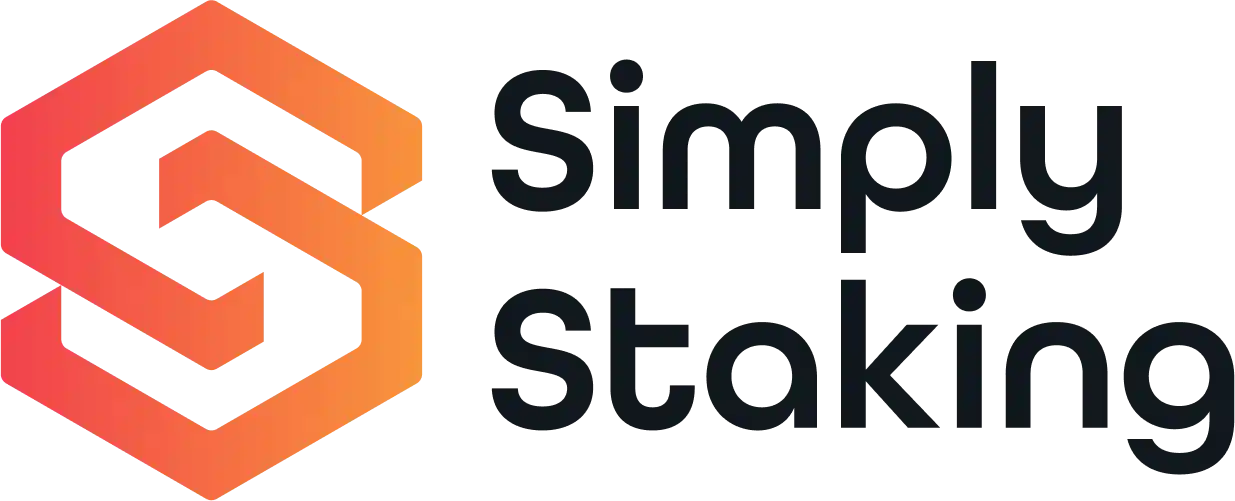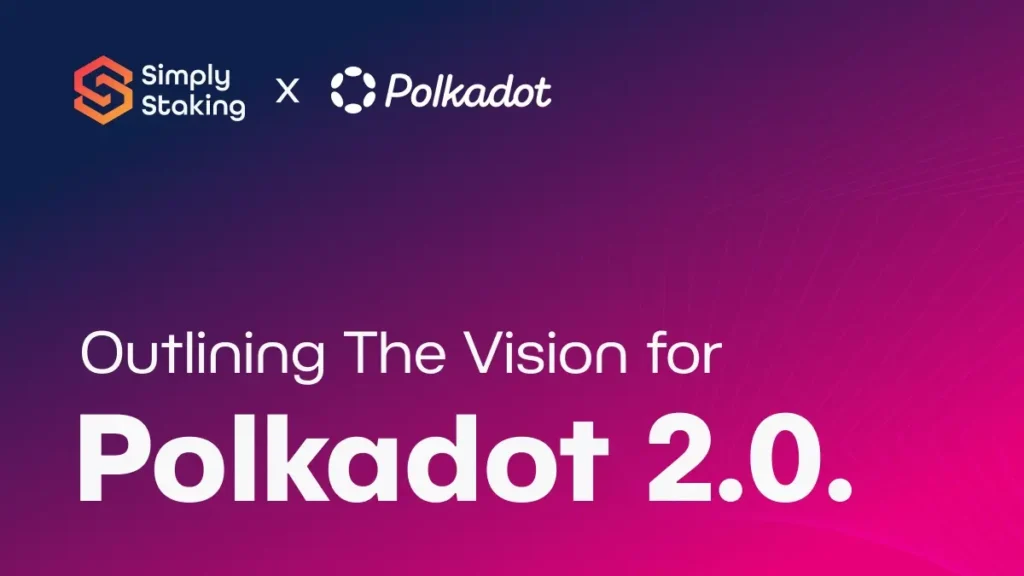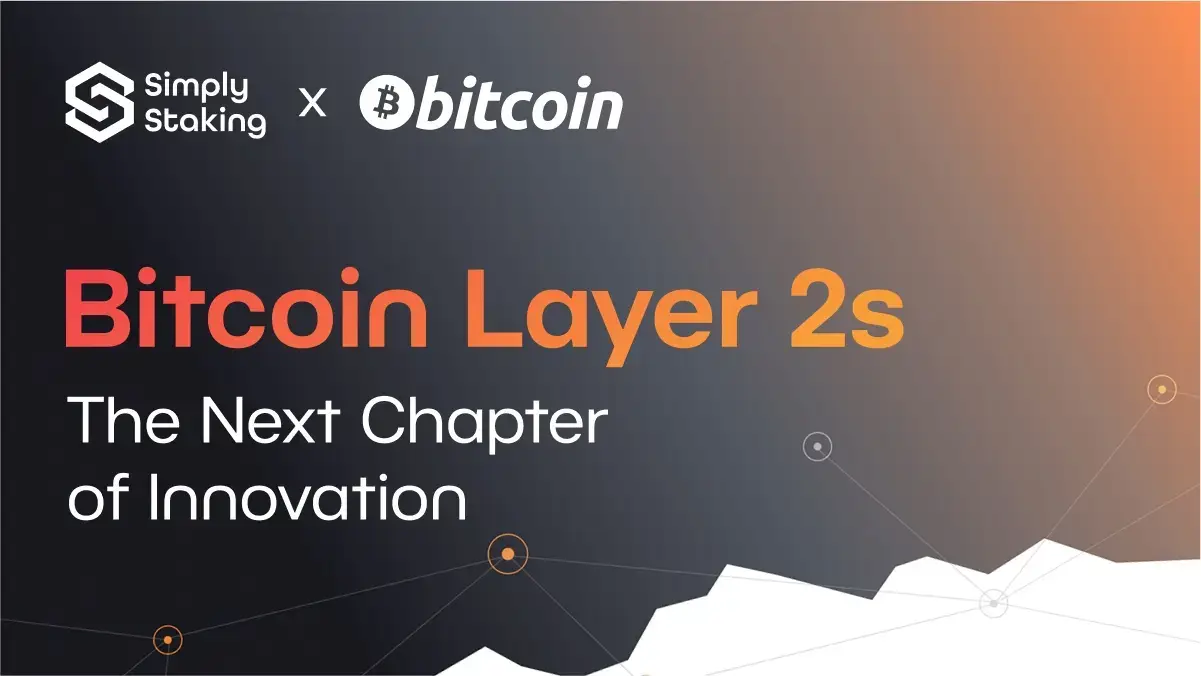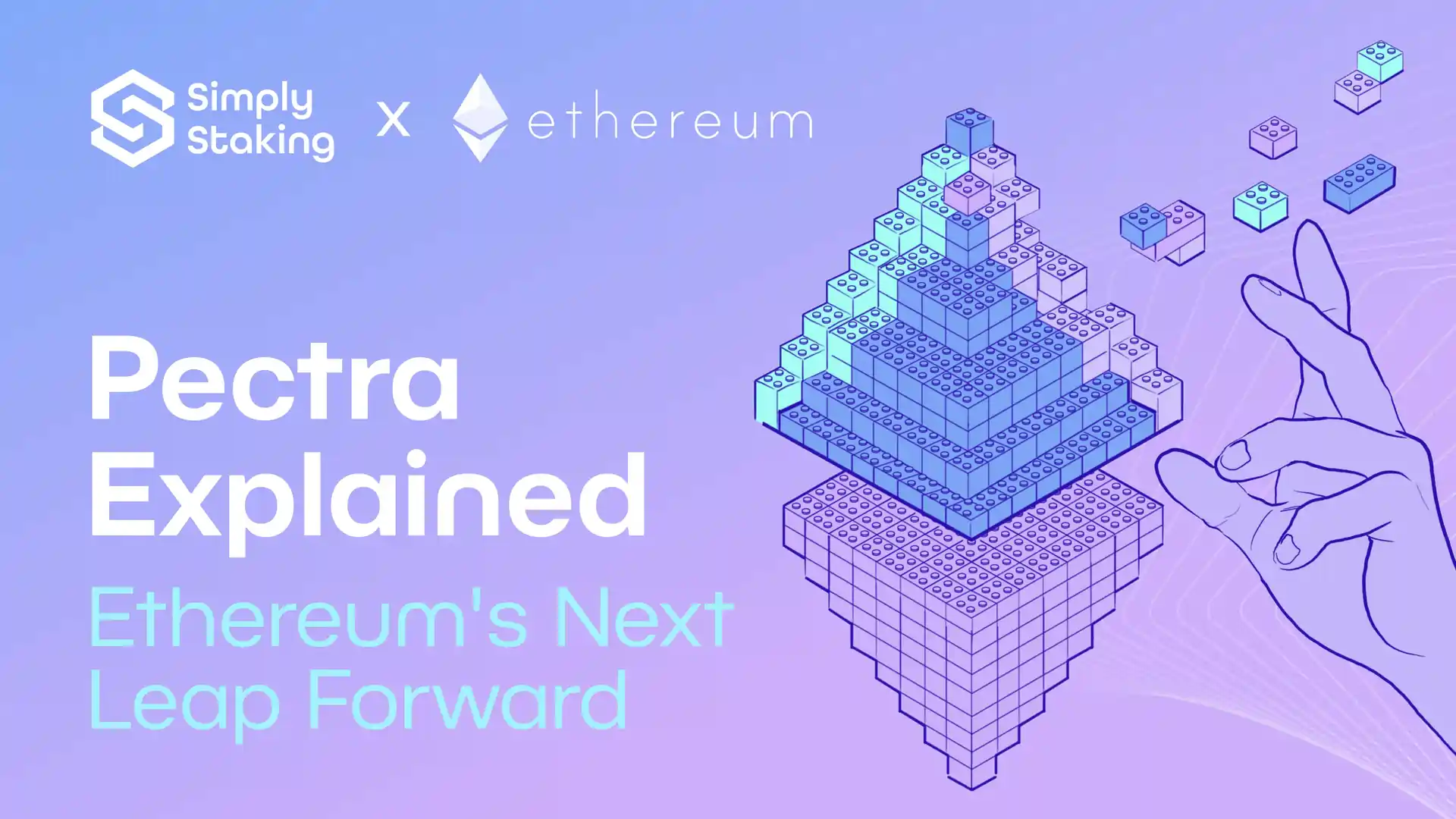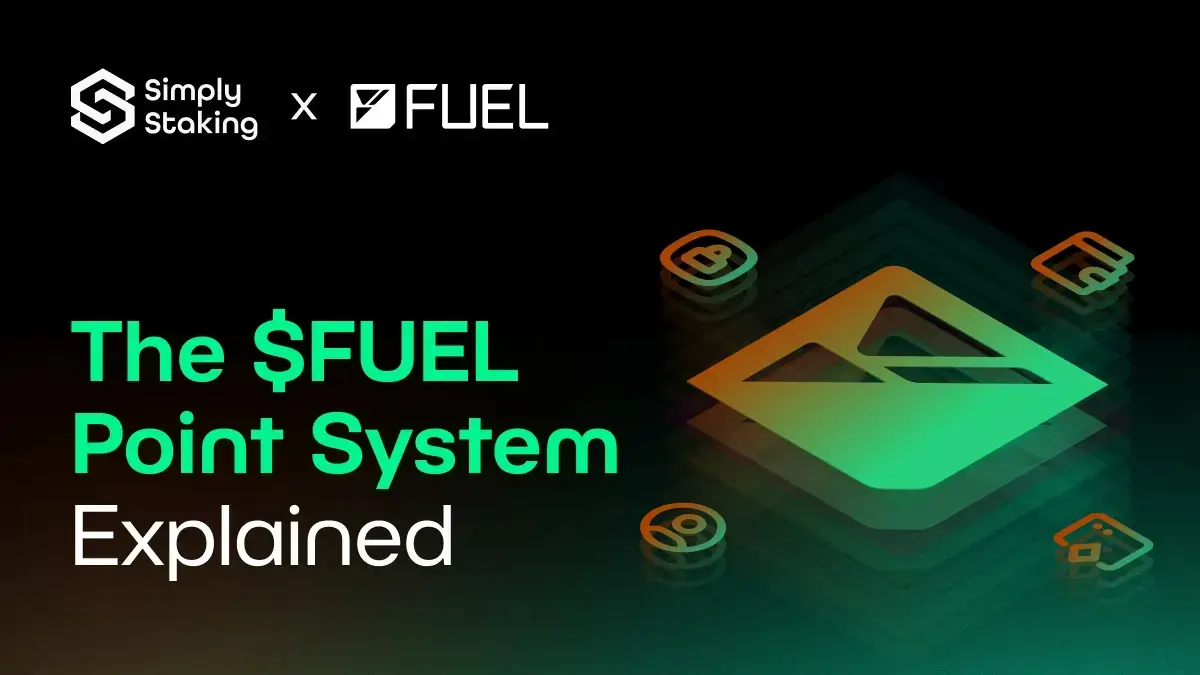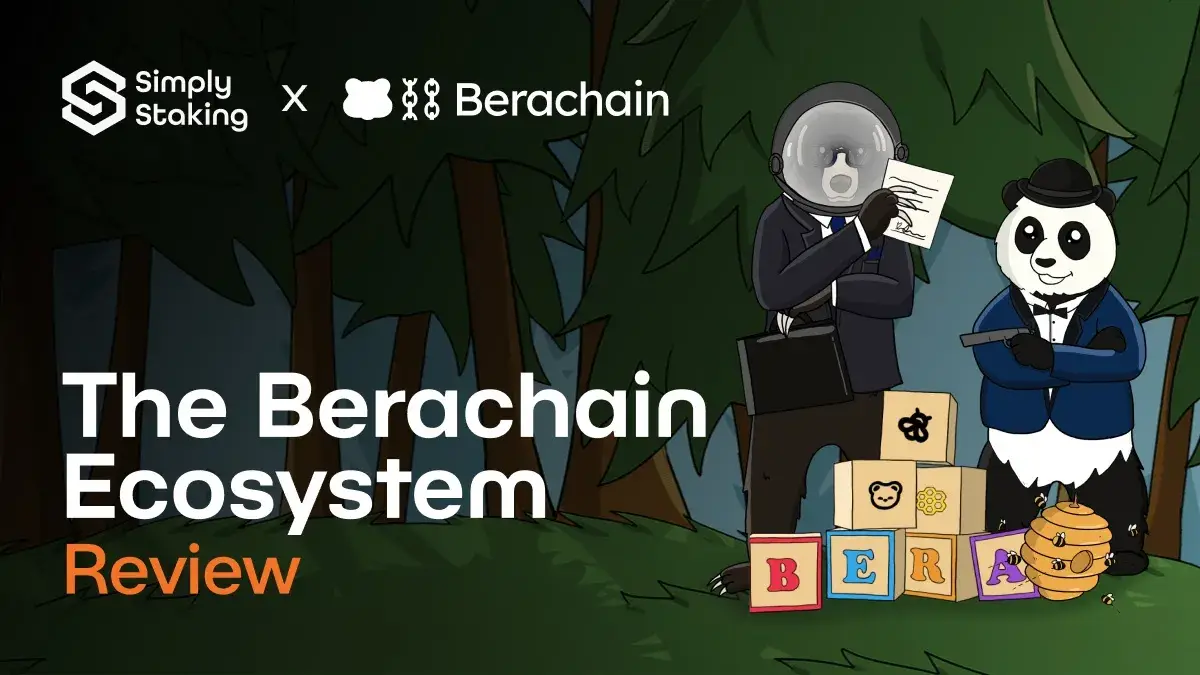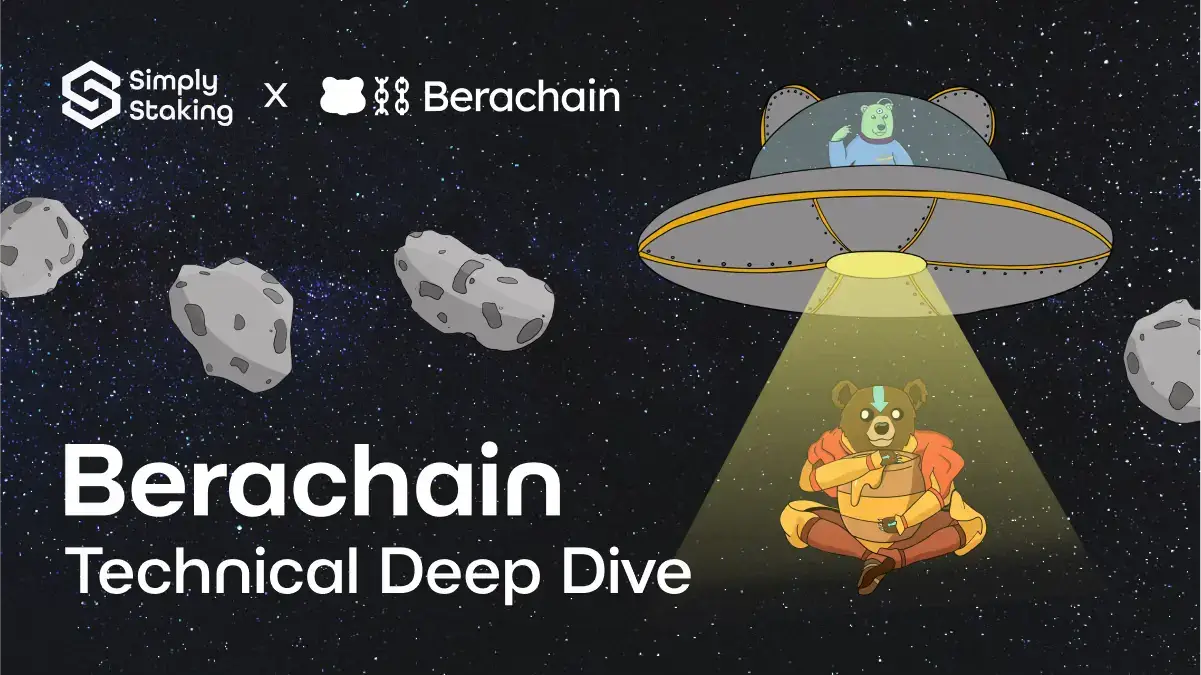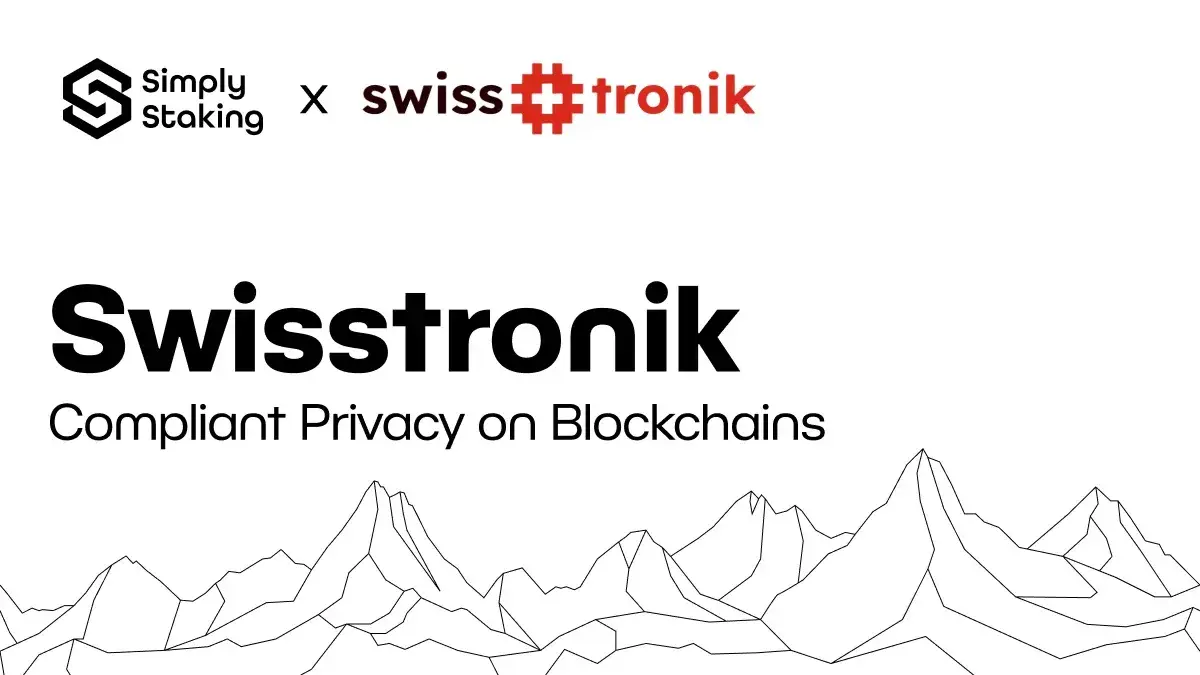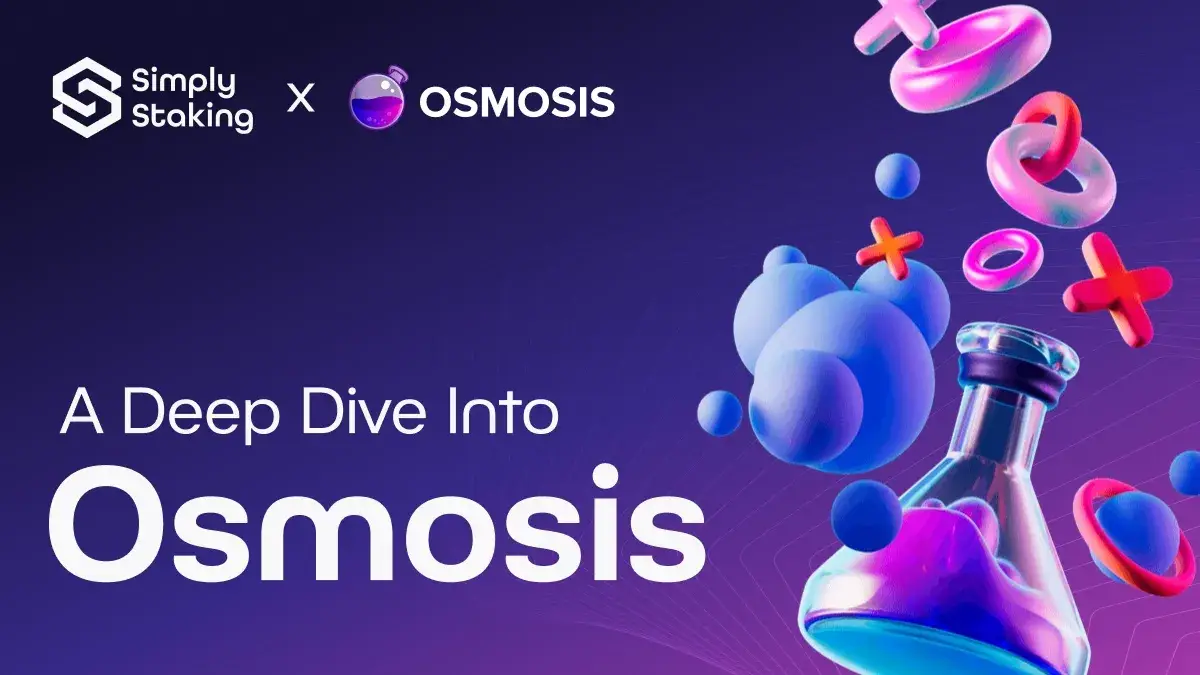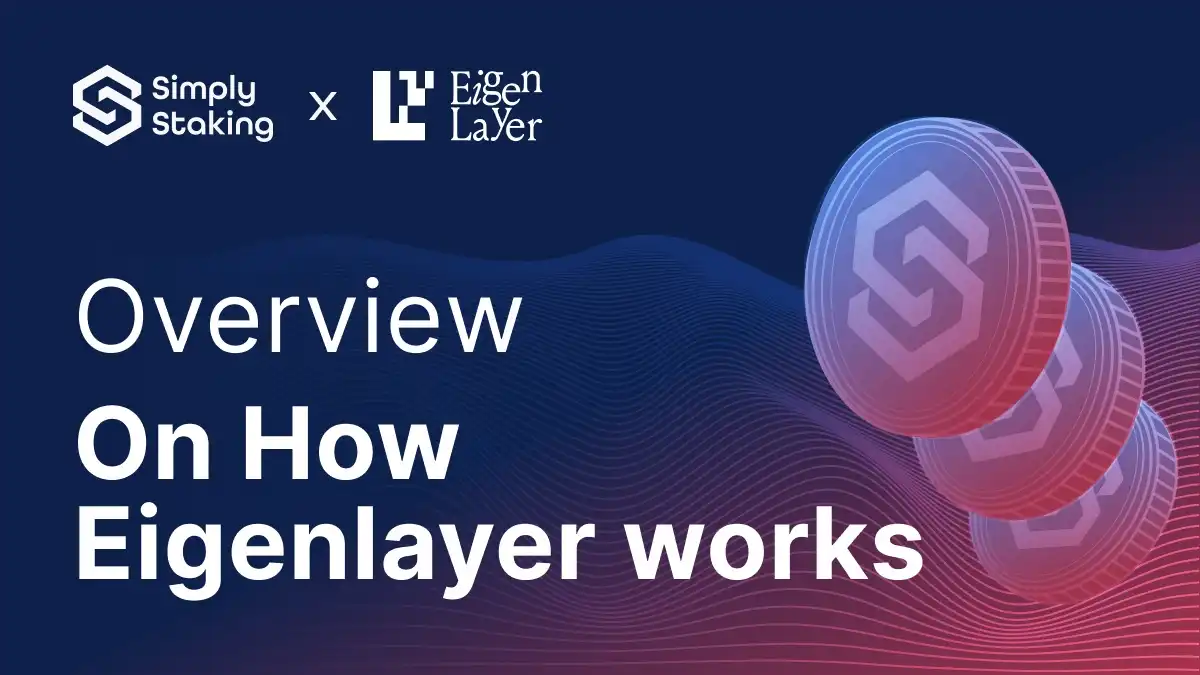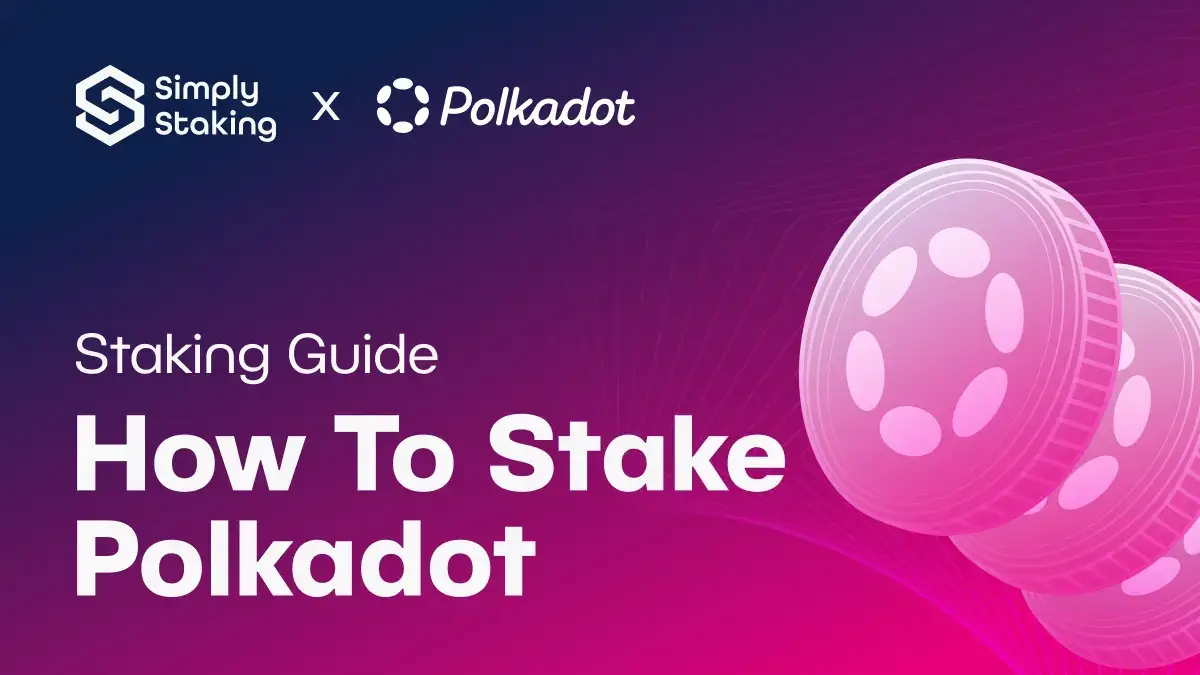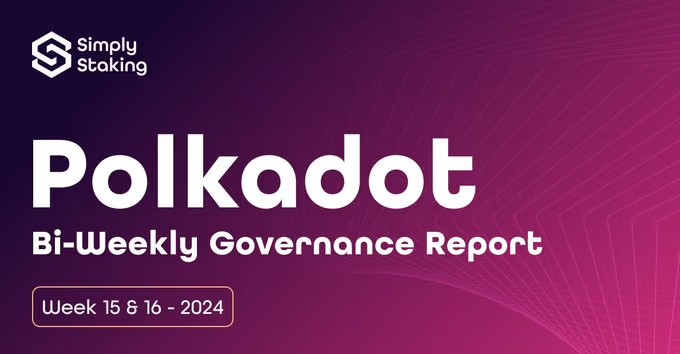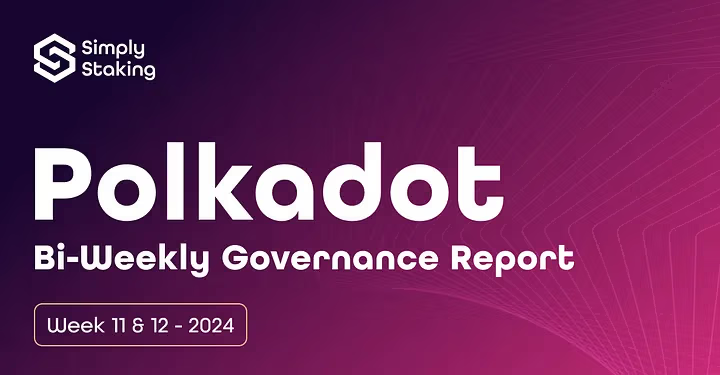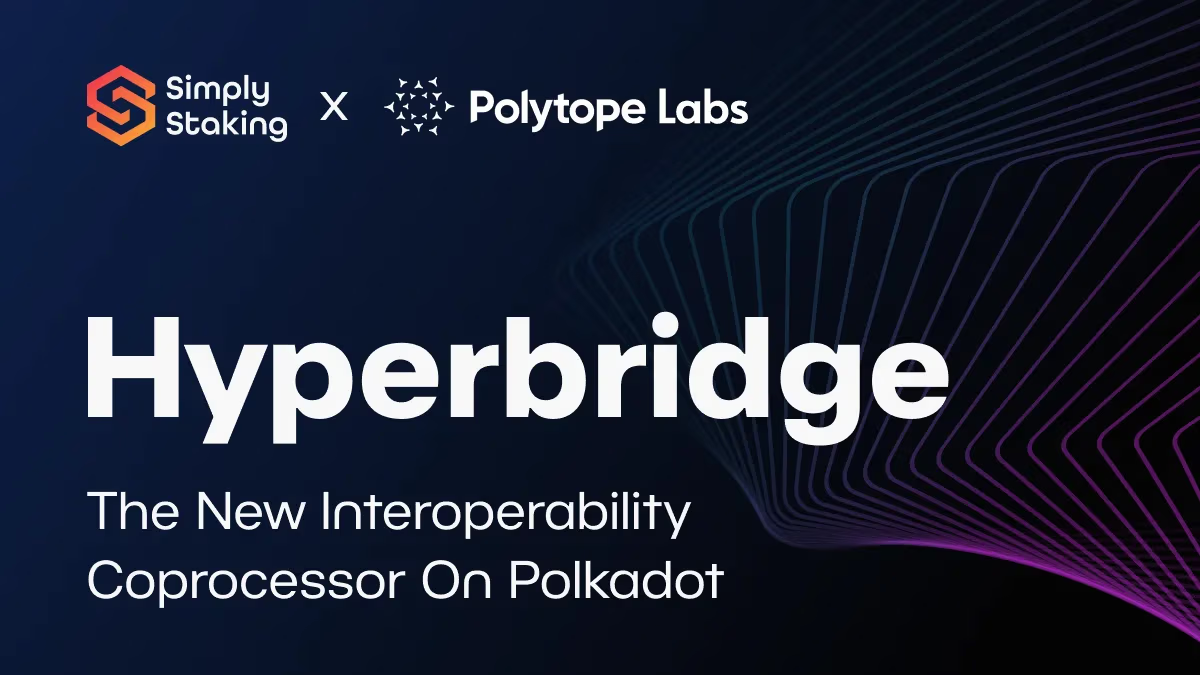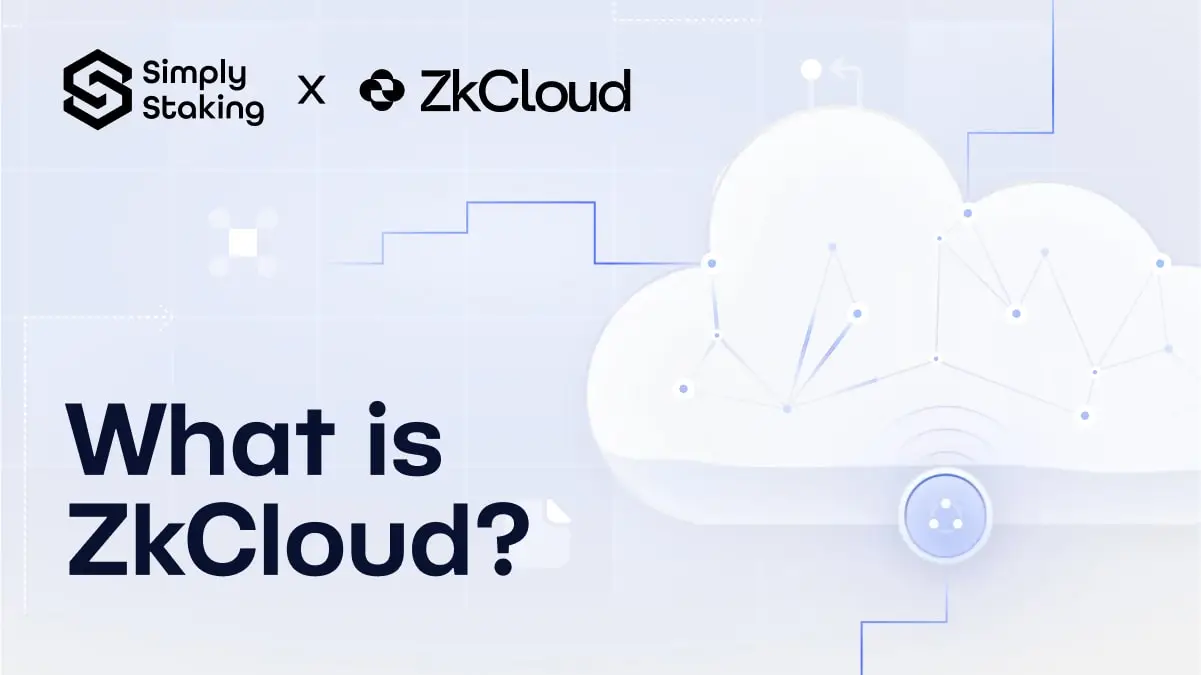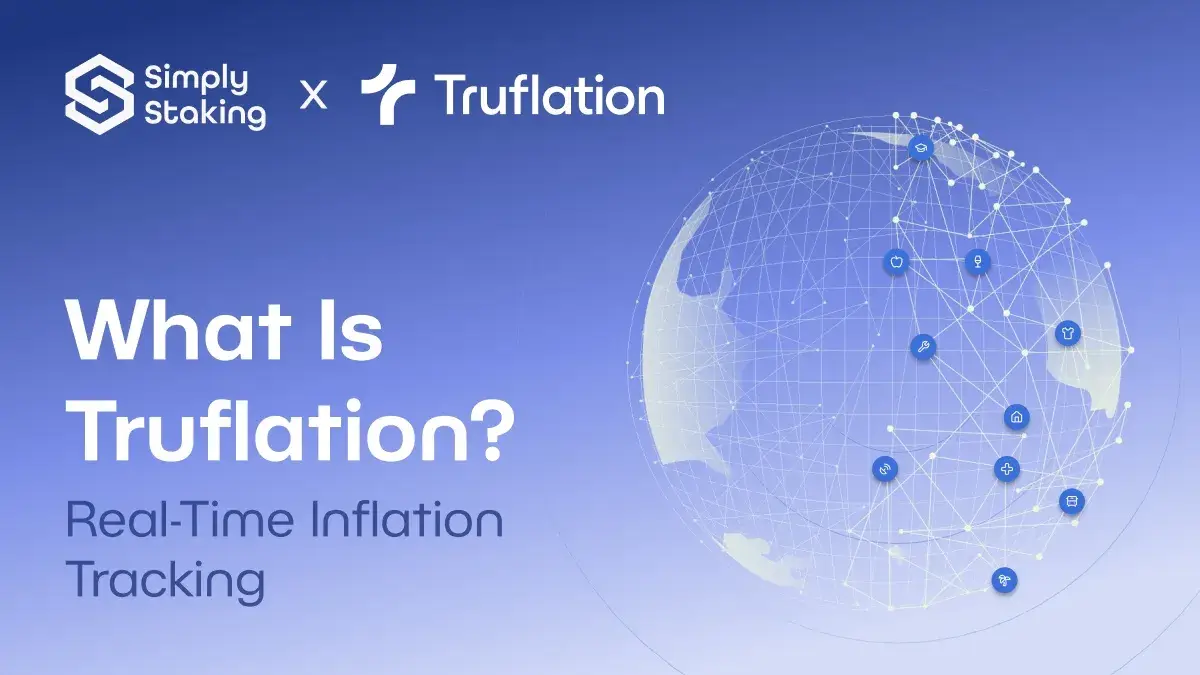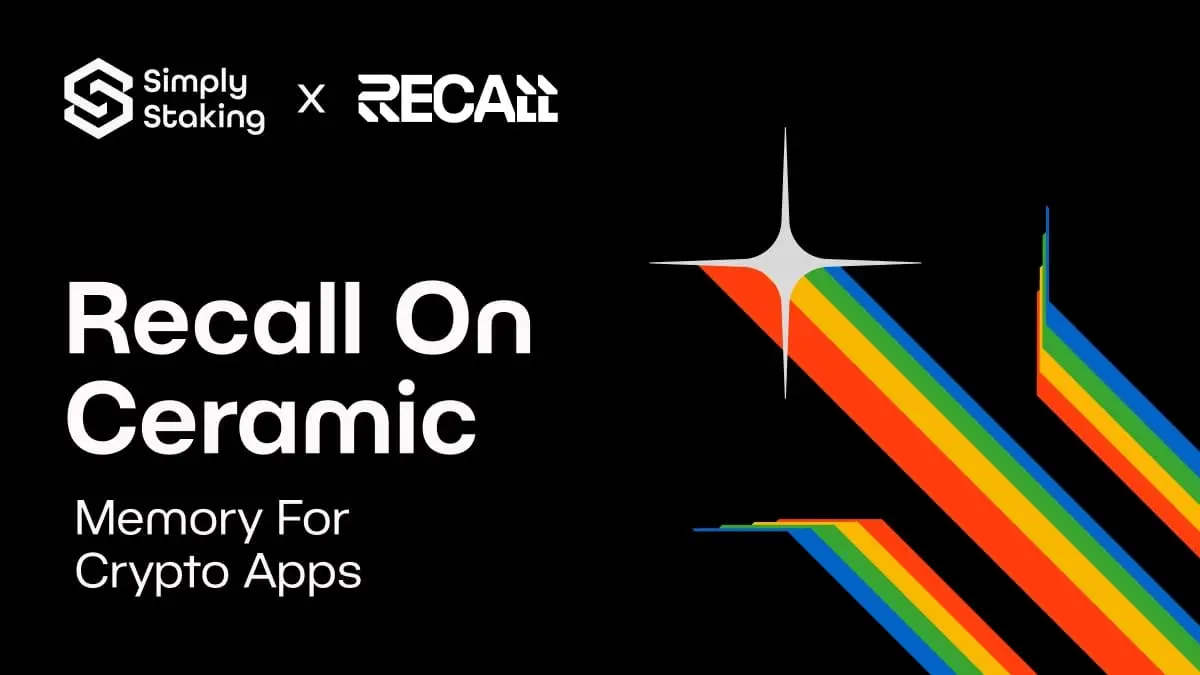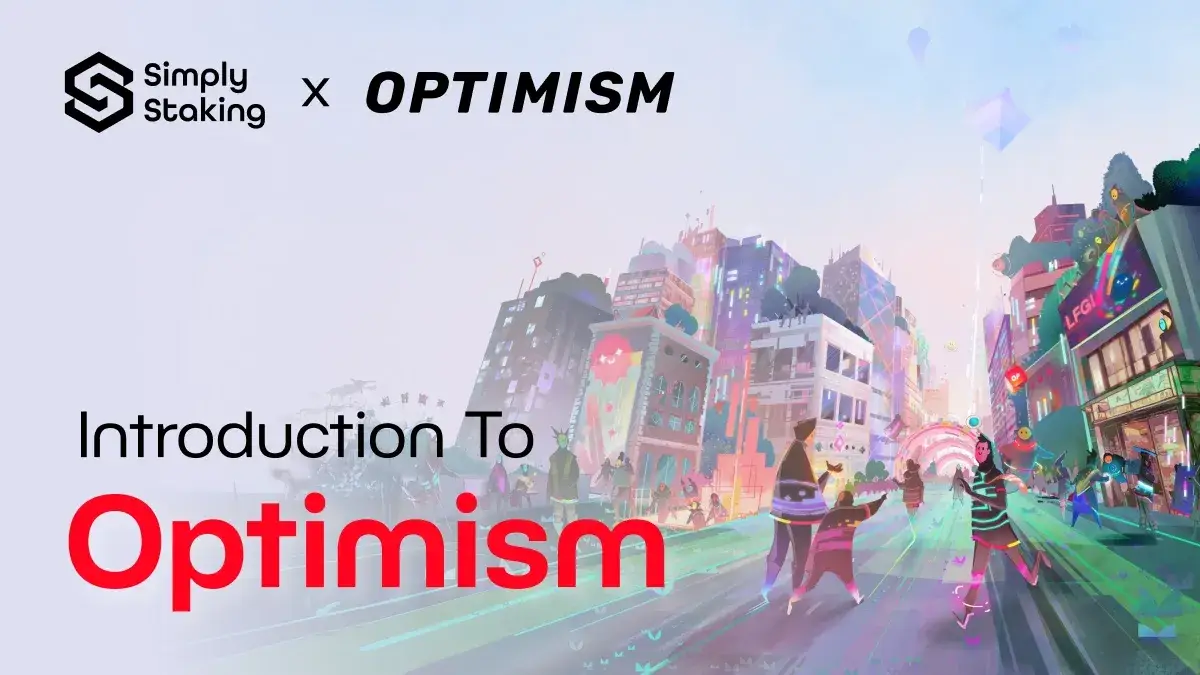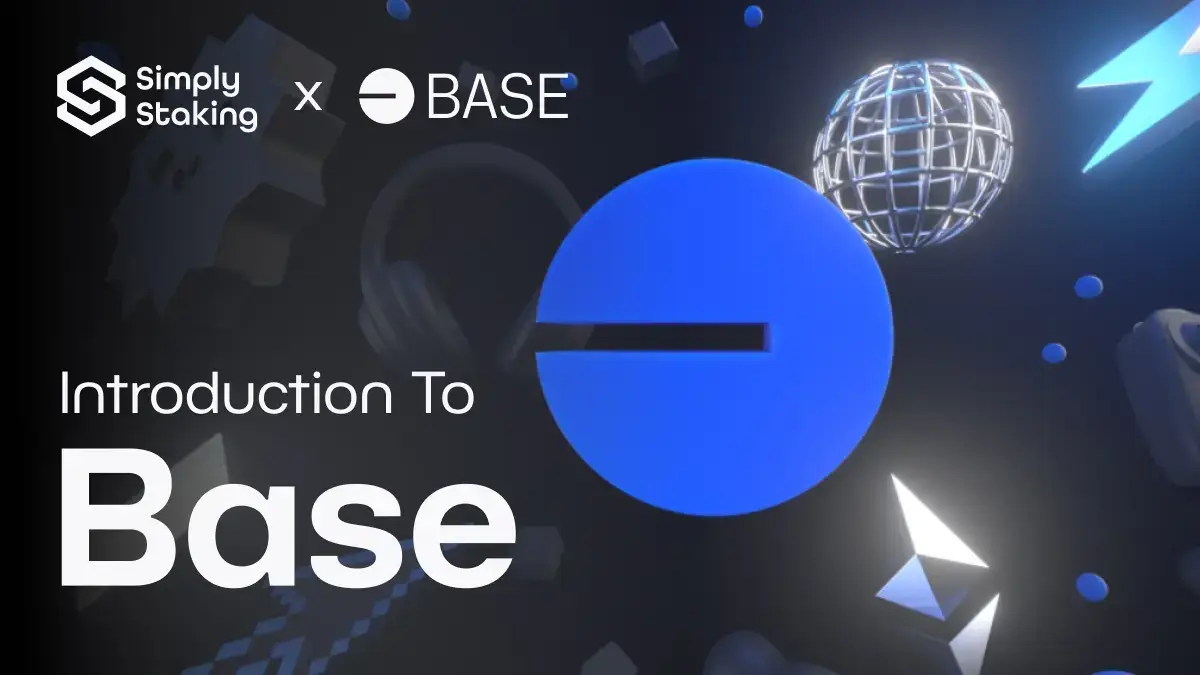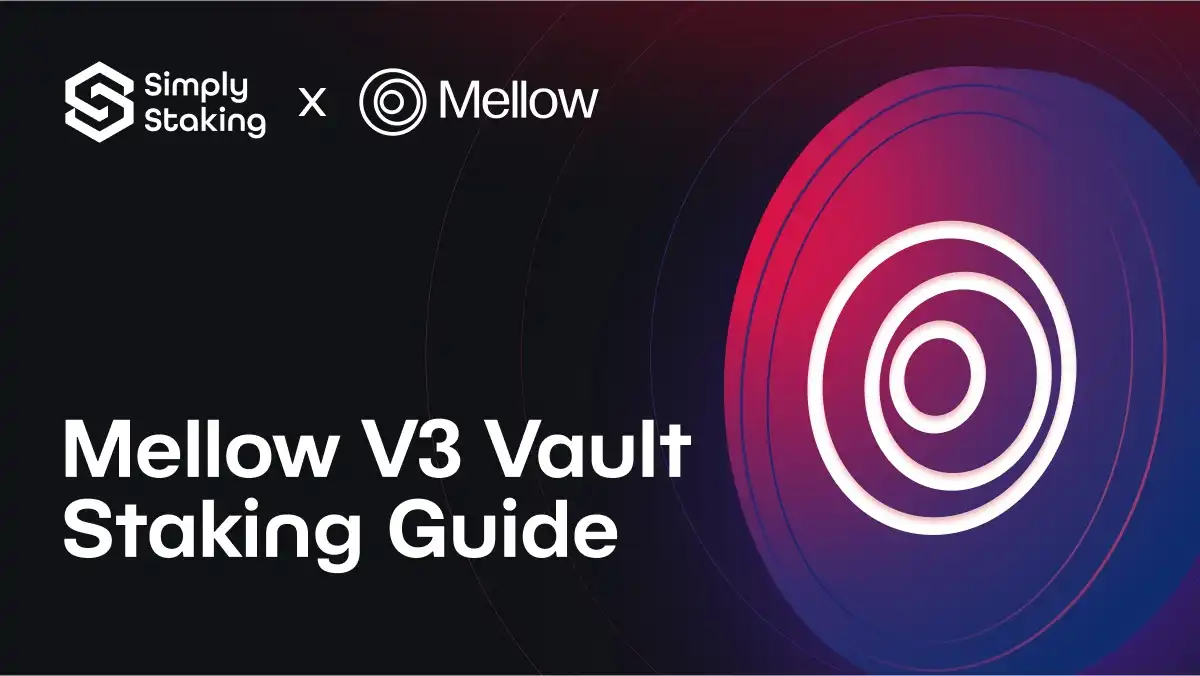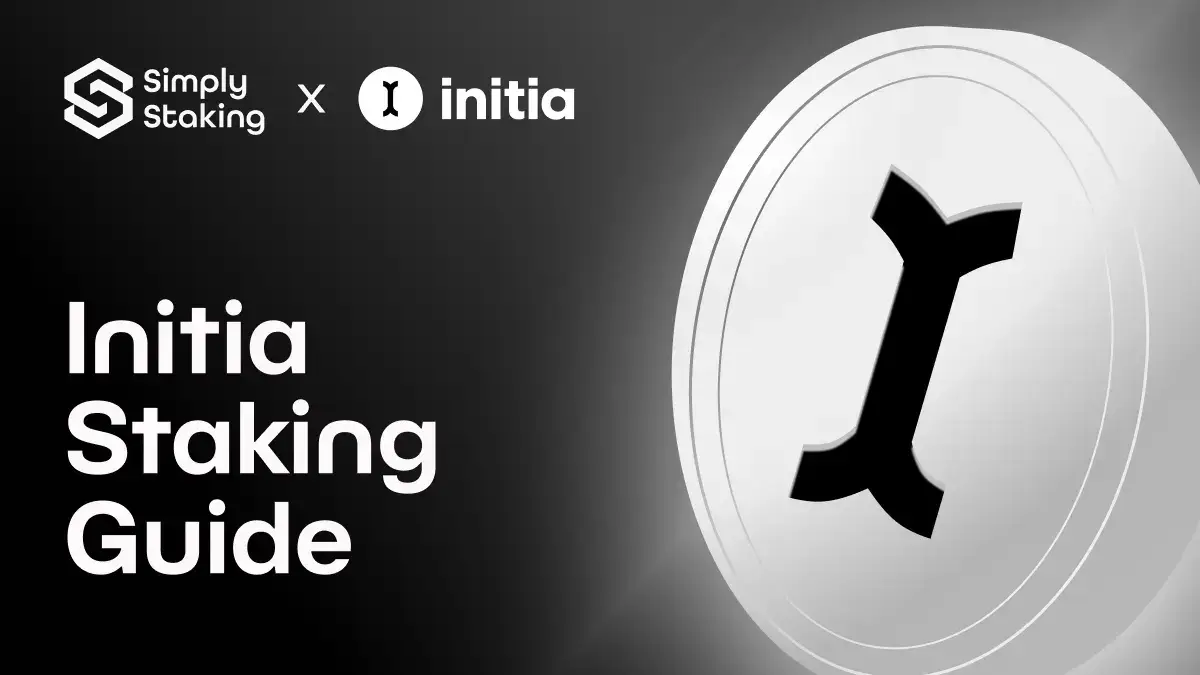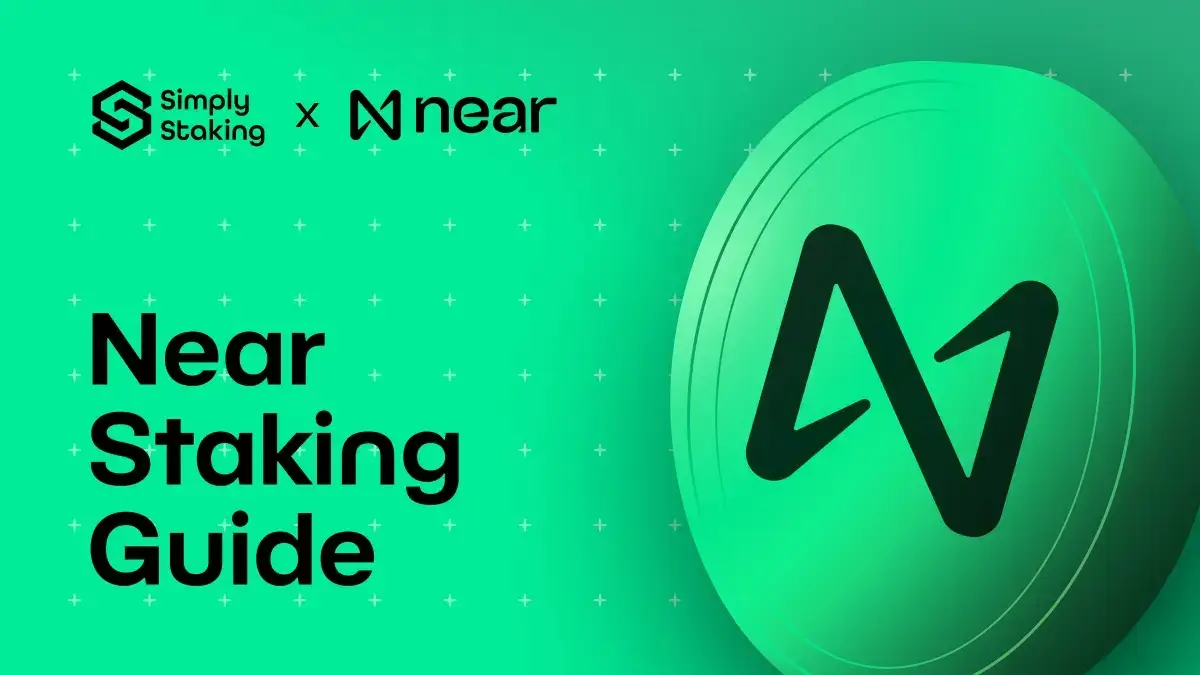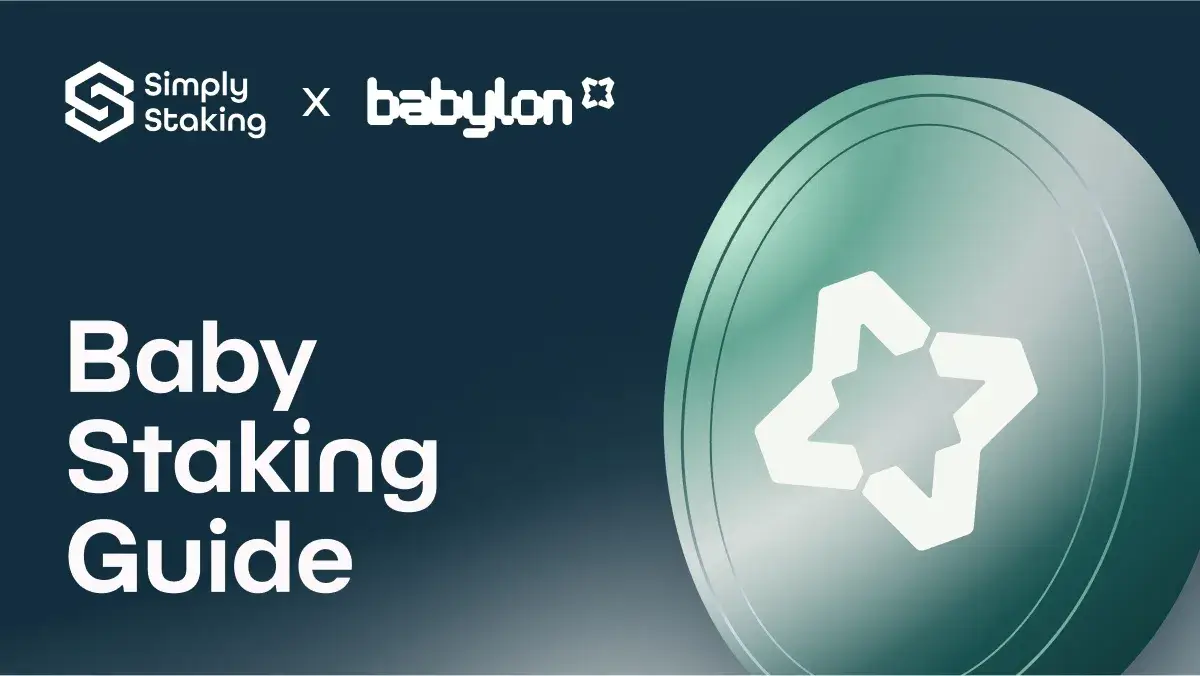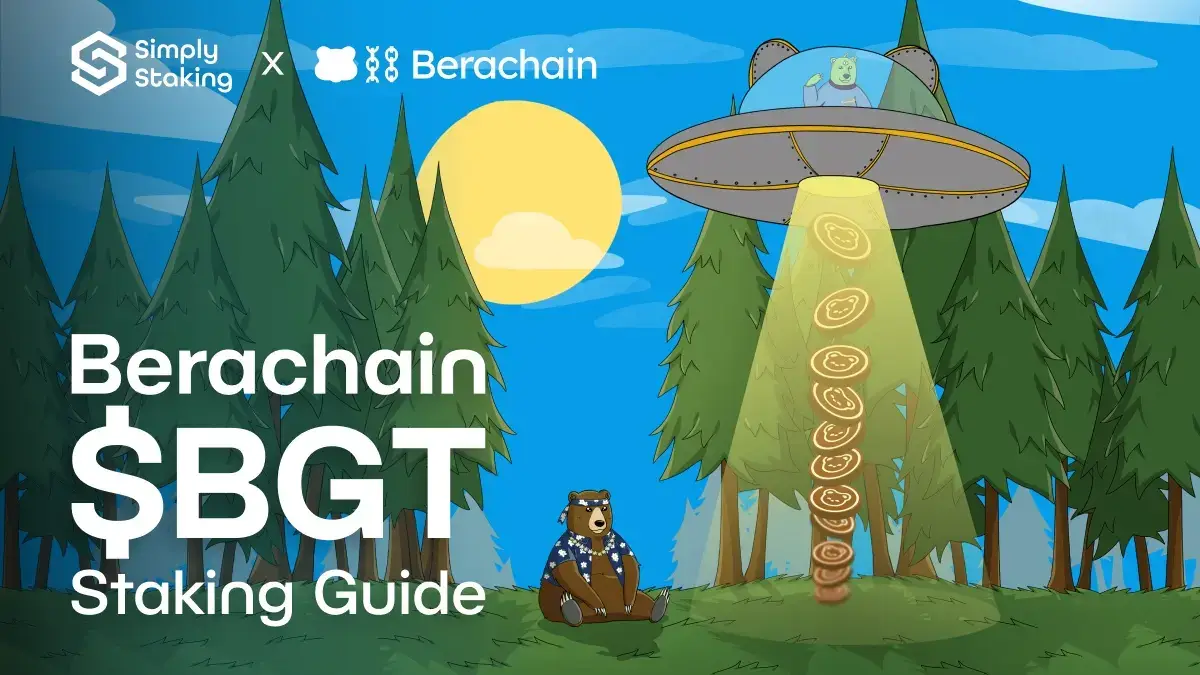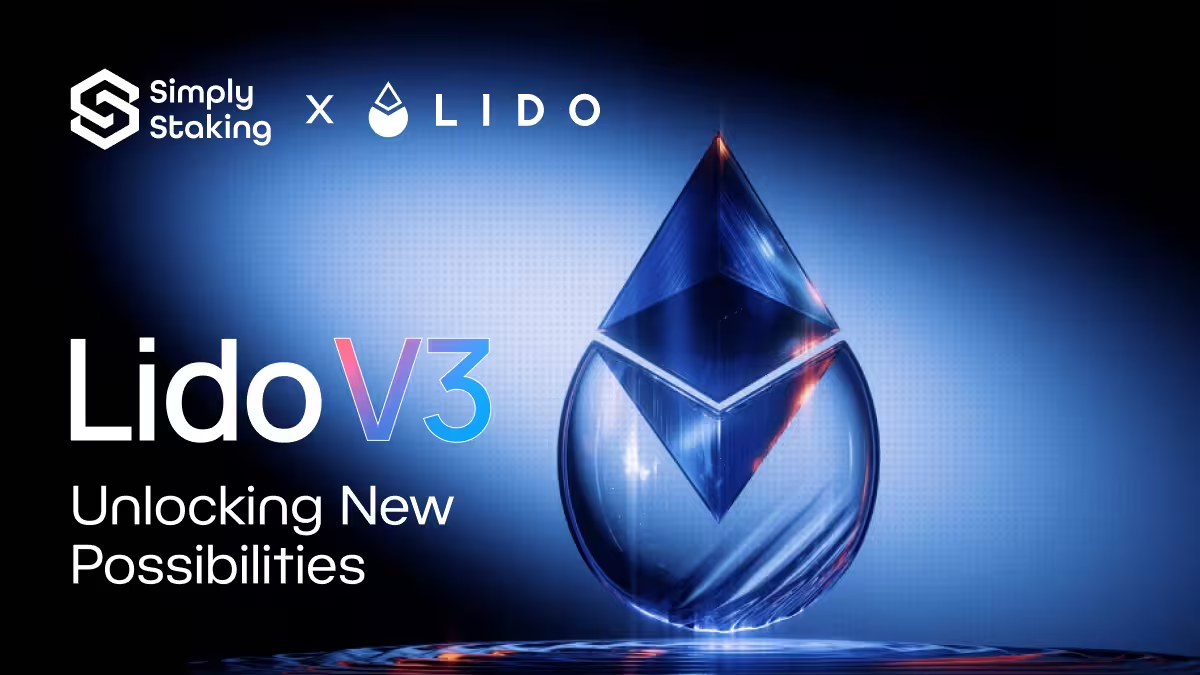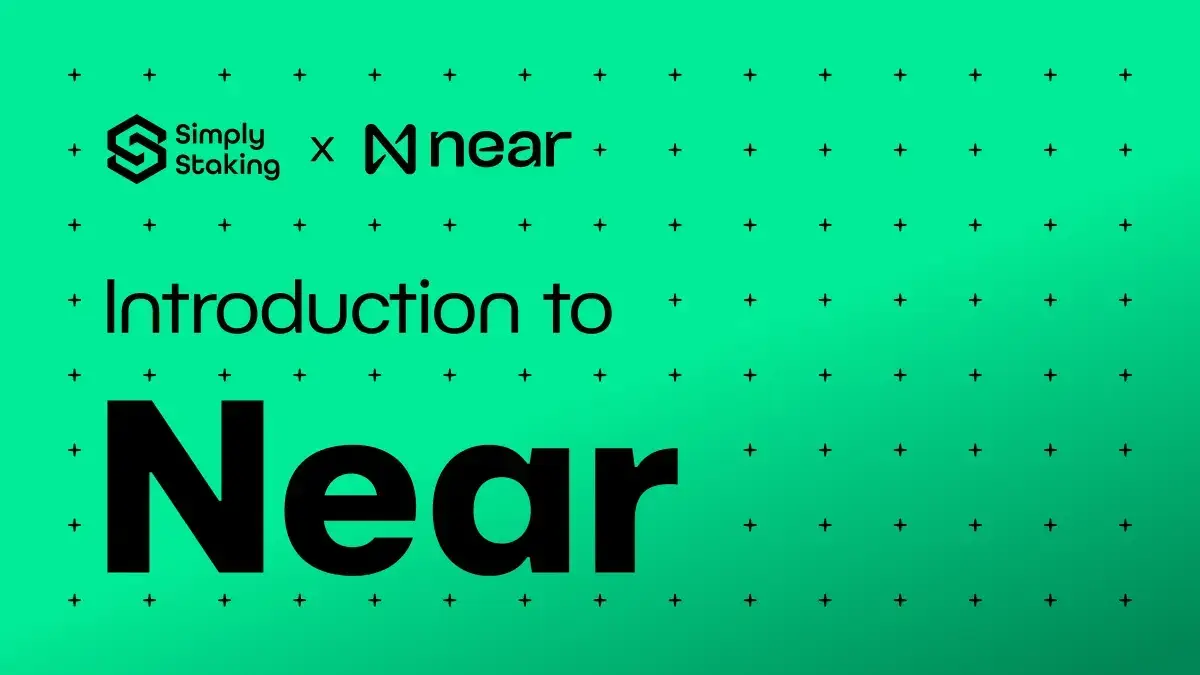Polkadot continues to gradually move towards its 2.0 iteration, with the overarching aim of refining its approach to shared security, interoperability, and the customisation of chains within its ecosystem. The strategic shift has been called application-centric, as Polkadot 2.0 intends to make it easier for teams and developers to build dApps, in part through changes in how computational resources are allocated and utilised on the network (i.e. what the dApps/parachains need to operate).
Central to this shift is the implementation of “Agile Coretime” which in practice is a new system for how network resources are acquired and allocated to parachains, and involves transitioning from the existing parachain auction-slot system to a more flexible and scalable framework where resource distribution is market-driven, fluid and easily accessed. Implementation is already in progress with successful deployments on the Westend testnet, and soon to be introduced on Kusama before the end of Q1 this year (supposedly).
This article will delve into the details of Agile Coretime and Polkadot’s transition to a new economic model, Coretime-as-a-Service; the rationale behind the shift, as well as the benefits and broader impact it is expected to have on the Polkadot ecosystem’s development. For those unfamiliar with Polkadot more generally or for anyone looking to understand more about the Polkadot 2.0 upgrade before diving into this article, we encourage readers to go over our “Polkadot Introduction” as well as “Outlining the Vision for Polkadot 2.0” articles. If you’re interested in governance, you may also want to check out the article on Polkadot’s governance system, titled “Innovations in On-Chain Governance: Introduction to Polkadot’s OpenGov“.
With that said, let’s move on to the present article!
Defining Coretime and Blockspace
As introduced in the previous article “Outlining the Vision for Polkadot 2.0”, at the heart of Polkadot 2.0 is the new vision of Polkadot as a global, multi-core supercomputer. But to fully appreciate the innovation that is coming with Agile Coretime, which can be tricky to grasp for non-developers and less tech-savvy folks, this section will provide some simple definitions to coretime and other related concepts.
For applications looking to launch on the Polkadot network, there are two fundamental resources that they need to secure: coretime and blockspace.
Coretime refers to the allocation of computational resources on Polkadot, which projects must acquire to ensure a spot on Polkadot’s computational cores; allowing applications to access blockspace, process transactions and perform various blockchain operations on the network. A core works more or less like a processor that takes care of these transactions and subsequent block validation coming from onboarded parachains, whereby Coretime is simply the time an application has been allocated to utilise said cores.
Blockspace, on the other hand, is the capacity of the Polkadot Relay Chain to include the application’s transactions and data in its blocks; which is vital for ensuring an application’s activities are not only recorded on the blockchain but also verifiable and can seamlessly interact with other chains in the network.
These data are the basis for cross-chain interoperability and shared security as they are used to verify the status and messages of parachain and parathreads. As resources, they also ultimately determine how many parachain and parathreads the Polkadot network can support, and their performance and throughput. As such, it needs to be reasonably allocated and utilised.
Both coretime and blockspace are thus indispensable for applications on Polkadot because they ensure not just their operational capability but also their integration and interoperability within the wider Polkadot ecosystem. Coretime ensures that applications have the necessary processing power at their disposal to function smoothly, while blockspace guarantees that the outcomes of these functions are immutably recorded on the blockchain.
Importantly, securing coretime on the Polkadot network inherently guarantees access to blockspace. In practical terms, purchasing coretime thus means that parachains will have both the computational resources (validator time and effort) and the necessary blockspace on the Relay Chain to process and store the data.
Polkadot’s Slot Auctions: Rigid but Community-Friendly
The procurement of these resources is currently managed through Polkadot’s slot auction model, where projects bid competitively on available parachain slots by locking up DOT tokens for the entire duration of the lease after which it is fully returned, which can last between 6 months and 2 years, though in practice 2-year leases have remained the norm. Token holders from the Polkadot community can likewise support candidate projects by lending them their DOT through so-called crowdloans, typically receiving rewards like the project’s native tokens in return. Crowdloans accounted for a majority of the funding to onboard the early parachains and have served a purposeful function to drive community engagement and have through its lock-in ensured skin-in-the-game for parachains and token holders.

Winning a slot allows projects to connect their blockchain to the Polkadot Relay Chain and secure a predefined portion of the network’s coretime and blockspace, thus enabling the application to operate within this fixed allocation and benefit from Polkadot’s shared security model and interoperability features.
Under the current model, winning parachains are each allocated a single core for the duration of the slot lease, with each parachain slot thus representing a dedicated share of the Polkadot Relay Chain’s blockspace. This gives the current allocation of parachain slots a planned component that accompanies the competitive auction process, which requires projects to commit and raise enough resources from the DOT community to win a slot and operate as a parachain.
Again, the auction model has brought certain benefits such as community engagement, but also for parachains who in reality don’t pay for their slots (this will change with Agile Coretime), as locked-in tokens are eventually returned. However, the present parachain model has also been recognised to have several key issues inherent to its functioning:
- Complex Sub-Optimal Outcomes: While successful in onboarding over 50 parachains, the slot auctions remain a relatively complex way of onboarding new parachains. The high-stakes competition has, arguably, often meant that the winning parachains were not necessarily the most suitable for the network but rather those offering more attractive token ratios to participants.
- Locked Capital: The requirement for projects to lock DOT tokens for a fixed two-year period continues to pose significant liquidity challenges, especially for smaller projects, as it limits the participants’ ability to adapt while ultimately at the mercy of the volatile crypto markets.
- Inflexibility: The fixed-term nature of parachain slots lacks the flexibility to accommodate projects with fluctuating resource requirements or different lifecycle stages.
- Limited Growth Potential: The periodic nature of parachain auctions inherently limits the growth potential of the Polkadot network, as new projects compete to secure a slot, possibly escalating costs and raising barriers for smaller projects with limited resources.
In response to these challenges, Polkadot’s upcoming Agile Coretime model aims to introduce a more dynamic and market-responsive approach to parachain onboarding; designed to offer greater flexibility in allowing projects to scale their resource usage in line with their developmental stages and fluctuating demands. The following section explains this new Agile Coretime concept in greater detail.
What is the new Agile Coretime System?
With the 2.0 upgrade, Polkadot appears set to leave its slot auctions (though not confirmed?) and instead sell coretime through a specific Coretime Chain, either in monthly bulk or on an instantaneous on-demand, block-by-block basis. This means that parachains will have to start paying for coretime, and so adds a value-capture mechanism to Polkadot for its coretime and infrastructure provision. In short, monthly coretime bulk will be the equivalent of a present parachain slot while instantaneous coretime replaces the existing parathreads, as introduced in a previous article titled “Outlining the Vision for Polkadot 2.0”.
For app-chain builders, this means lower entry barriers to Polkadot. Each month-long slot of coretime will function as a non-fungible asset that can transfer ownership via secondary markets (for example, Lastic); be deployed to a specific parachain, or be made available and sold as instantaneous coretime to on-demand buyers for a portion of the sales revenue; and gives holders the ability to renew monthly coretime leases. The aim of going with a market-oriented approach to coretime allocation is, as theory would suggest, to drive resource allocation to an optimal equilibrium of utilisation and cost-efficiency, which is also able to cater to the varying needs of different applications.

Moving from fixed-term allocations towards flexible means for parachains to acquire shared security seeks to provide current and future application builders with easier onboarding and a more adaptable ecosystem capable of supporting a wider range of projects, is not just a response to the evolving needs of the blockchain community (e.g., cost-efficiency in shared security solutions) but a proactive step towards addressing some of the inherent challenges faced by the network in its current form.
On the whole, the introduction of Agile Coretime is a move of strategic adaptation to the diverse and evolving needs of both the Polkadot ecosystem and the broader crypto space; seeking to address issues of flexibility, economic efficiency, scalability, and user-centricity, while positioning Polkadot as a more adaptable, efficient, and inclusive network.
The Mechanics of Agile Coretime
The main benefits of Agile Coretime come from its flexibility and responsiveness to the varying demands of applications and projects; meaning it can be divided, paused, boosted, shared and more. Below we outline the key mechanisms behind this adaptiveness and ways chains within the Polkadot (2024) ecosystem can utilise Agile Coretime:
- Split Coretime: Coretime can be used in sequence by different applications. For example, one application might utilise a core for a specific period before another application takes over, or it might switch to a different core as needed — particularly beneficial for applications with fluctuating activity levels and more efficient use of resources.
- Strided Coretime: Applications can alternate their use of a core, sharing costs and adjusting their block production rates accordingly. One can imagine strided coretime as ideal for applications that do not require constant access to a core but benefit from periodic usage, promoting cost-effective and efficient resource utilisation.
- Combined Coretime: In scenarios where applications experience peak periods of demand, they can be assigned to multiple cores simultaneously; similar to a computer leveraging multiple processors to enhance performance and reduce latency under high workloads.
- Compressed and Shared Cores: Compressed cores enable the processing of multiple blocks from the same application simultaneously on a single core, effectively reducing latency. Shared cores, on the other hand, allow applications to share core resources, optimising costs without compromising performance.
The Benefits of Agile Coretime
Throughout this document, we have alluded to the advantages of Agile Coretime, and it’s time to concisely outline the tangible benefits it brings to the Polkadot ecosystem. On the whole, Agile Coretime looks to be a considerable advancement in how resources are managed within the network, designed to optimise the allocation and utilisation of blockchain resources in a way that is adaptable, efficient, and application-centric:

Agile Coretime is thus one part of Polkadot’s answer to the trend of modularity and shared security that on the whole intends to:
- Optimise how resources are allocated
- Once allocated, ensure that resources are utilised effectively and cost-efficiently
- Facilitate easier onboarding via lower entry barriers
- Improve network capability for Polkadot to support diverse projects
- Drive forward the vision of a more accessible, scalable, and efficient blockchain ecosystem
Possible Challenges, yet Opportunities Lie Ahead
As with all major upgrades and changes, there will be both challenges and opportunities, some more predictable than others. Below is a high-level reflection of what we might see in this regard as the upgrade rolls out:
Active Management: The dynamic nature of resource allocation would introduce new forms of active management, which may not exactly help smaller projects with limited resources. While we assume that the price for coretime will have to be relatively stable, accurately predicting demand and scaling resources efficiently still requires some agility and foresight.
Balancing Efficiency and Accessibility: As resource allocation becomes more dynamic, ensuring fairness and accessibility for all participants will be crucial. For the sake of growth and innovation, smaller projects cannot be marginalised, so Polkadot must ensure its marketplace for core time remains transparent, fair, and resistant to manipulation.
Economic Adjustments: Shifting to Coretime-as-a-Service necessitates adjustments in economic models for both the Polkadot network and individual parachains. The network needs to ensure competitive yet sustainable pricing for coretime in alignment with the broader economic goals of the ecosystem; whereas parachains must integrate these costs into their financial planning, introducing a new variable (challenge?) for those accustomed to the fixed-cost model.
This adjustment has further implications in that it alters the incentives of parachains. Under the present slot auctions, parachains lock their tokens and have skin-in-the-game, and are thus incentivised to help make the Polkadot ecosystem grow. Moving to Agile Coretime, this incentive goes away and is replaced by cost-efficiency; meaning parachains will want to buy coretime at the lowest cost possible (and sell unused coretime for higher).
Despite these challenges, if Polkadot is successful, Agile Coretime could open up plenty of opportunities for innovation and growth. The lowered entry-barriers and scalable resource options could attract greater dApp development, and in turn more capital investments and liquidity, driving further innovation and growth while allowing for a more diverse, vibrant ecosystem to materialise.
Conclusion: Preparing for the Next Wave of Blockchain Adoption
With the roll-out of Agile Coretime and the ambitious 2.0 upgrade, Polkadot is asserting itself as a leader in the space of application development, staying true to its vision for a network that’s modular, secure, and highly interoperable. Credit is certainly due to Polkadot’s large developer community, whose efforts continue to make the network more adaptable, innovative, and resilient; creating infrastructure that is not just flexible and scalable but also built with a user- and application-first approach.
Tech-wise, Polkadot remains a prime candidate to support a broad spectrum of applications, and together with its innovative approach to governance and its emphasis on community participation, is well-positioned to drive the next wave of app-chains — though as we know this will require well-executed marketing and business development.
To conclude, Agile Coretime represents a forward-thinking solution to the network’s holistic vision. Going forward, the successful implementation of the highlighted changes will likely catalyse innovation and invite a broader spectrum of projects and developers to contribute to the network’s growth. For DOT holders, this means a future that is starting to shape up pretty promising indeed!
More content on this transition and Polkadot 2.0 to come.

